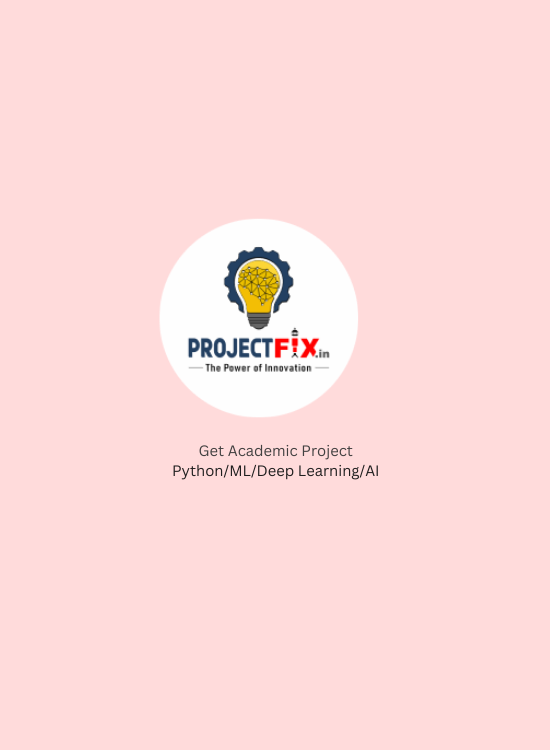Leaf disease detection Using Image Processing
Leaf disease detection using image processing is a technique that combines computer vision and machine learning algorithms to automatically identify and diagnose diseases affecting plant leaves. This approach plays a critical role in modern agriculture by enabling early detection and timely intervention, thereby reducing crop damage and improving yield.
Machine learning models, particularly supervised learning methods like Support Vector Machines (SVM), Decision Trees, or Convolutional Neural Networks (CNNs), are trained on labeled datasets containing examples of healthy and diseased leaves. During the training phase, the models learn to differentiate between different types of diseases based on the extracted features.
Overall, leaf disease detection using image processing represents a significant advancement in agricultural technology, offering farmers a powerful tool to enhance productivity and sustainability in crop management. Ongoing research continues to refine these techniques, making them more robust and applicable across diverse agricultural settings and crop types.
Overview
Leaf disease detection using image processing is a crucial application in agriculture, aimed at identifying and diagnosing diseases early to prevent crop loss. This method leverages digital image analysis techniques to automate the detection process, enhancing the efficiency and accuracy of disease identification compared to manual inspection.
The process typically involves several key steps:
Image Acquisition: High-resolution images of plant leaves are captured using digital cameras or specialized imaging devices. These images serve as input data for subsequent analysis.
Preprocessing: The acquired images undergo preprocessing steps to enhance their quality and improve the effectiveness of disease detection algorithms. This may include noise reduction, image enhancement, and normalization.
Feature Extraction: Features such as color, texture, shape, and size are extracted from the preprocessed images. These features are essential in distinguishing between healthy and diseased leaves since diseases often manifest through distinct changes in these characteristics.
Classification: Machine learning and pattern recognition techniques are employed to classify the extracted features into different categories representing healthy and diseased states. Supervised learning algorithms such as Support Vector Machines (SVM), Random Forests, or Convolutional Neural Networks (CNNs) are commonly used for this task.
Decision Making: Based on the classification results, a decision is made regarding the presence and severity of diseases on the leaves. This information can then be used for targeted treatment or management strategies, optimizing agricultural practices and minimizing yield loss.
Integration with Agricultural Systems: Automated disease detection systems can be integrated into broader agricultural management systems, allowing real-time monitoring and decision support for farmers. This integration facilitates timely intervention, reducing the reliance on manual inspections and improving overall crop health.
Benefits of leaf disease detection using image processing include early detection, precise diagnosis, scalability, and cost-effectiveness. By leveraging advanced computational techniques, this approach empowers farmers to implement proactive measures, ensuring healthier crops and sustainable agricultural practices. Ongoing research continues to refine these methods, enhancing their accuracy and applicability across different crop types and environmental conditions.


